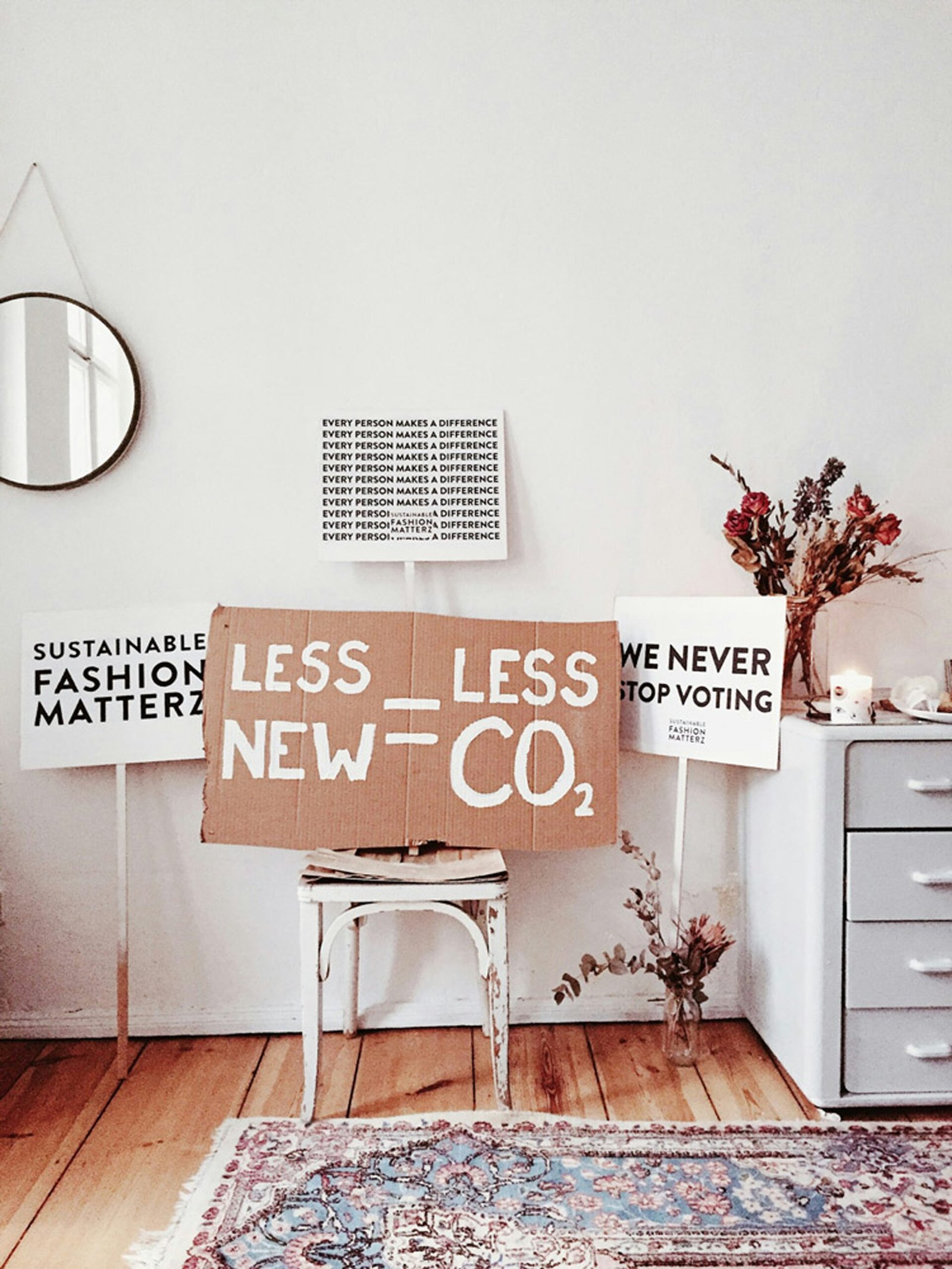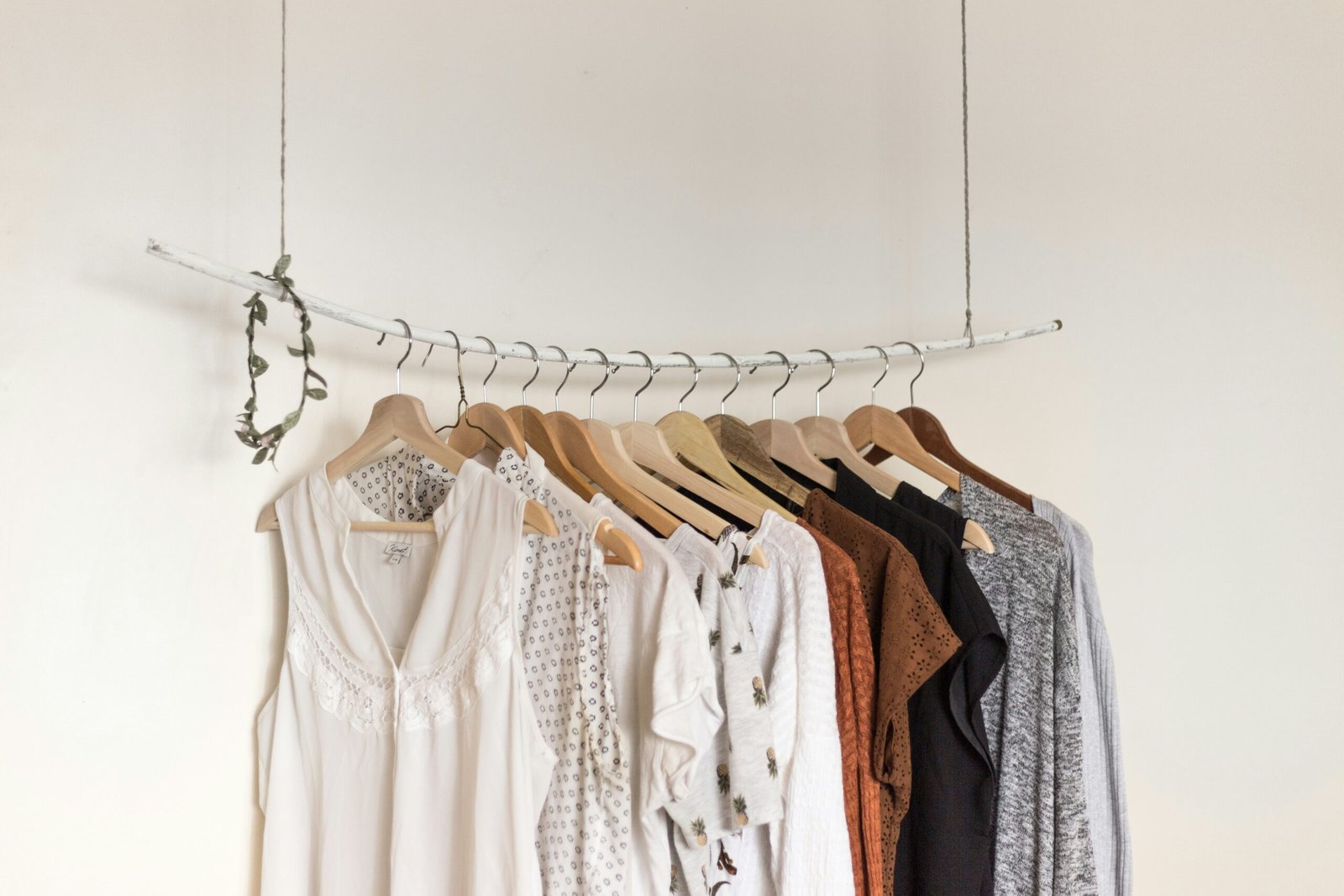How to Create an Eco-Friendly Wardrobe
Building an eco-friendly wardrobe is a meaningful step towards reducing one’s environmental impact. The first strategy involves prioritizing high-quality, long-lasting clothing. Unlike fast fashion items, which are often designed to be worn a few times before being discarded, well-made garments can endure years of use. Investing in timeless pieces that resist wear and tear minimizes the frequency of purchases and the resources needed to produce new clothing.
Another effective approach is to embrace second-hand or vintage clothing. Shopping at thrift stores or online platforms dedicated to pre-owned fashion not only supports a circular economy but also offers the unique charm of finding one-of-a-kind items. Similarly, renting clothes for special occasions, such as weddings or parties, curtails the need for outfits that might otherwise be worn only once. Numerous rental services make it convenient to access stylish, high-quality garments without the long-term commitment.
Extending the lifespan of your clothes is also essential. Simple practices like washing less frequently and using eco-friendly laundry detergents can prevent fabric deterioration and reduce water and chemical usage. Additionally, learning basic sewing skills for minor repairs—such as mending a tear or replacing a button—can save garments from being prematurely discarded. These small acts of maintenance preserve the integrity of your wardrobe and reduce waste.
Choosing sustainable materials is another crucial factor. Fabrics such as organic cotton, bamboo, and recycled materials are more environmentally friendly compared to conventional options. These materials often require fewer pesticides, less water, and produce lower greenhouse gas emissions during production. However, it’s vital to be vigilant about greenwashing—misleading claims about a product’s environmental benefits. Look for certifications like GOTS (Global Organic Textile Standard) or OEKO-TEX, which can help verify the sustainability of the clothing.
By integrating these strategies, individuals can cultivate an eco-friendly wardrobe that supports sustainability and encourages mindful consumption.
Brands Making a Difference in Sustainable Fashion
Sustainable fashion is no longer a niche market; it has become a significant movement within the apparel industry. Leading the charge are brands that prioritize ethical production practices, fair wages, and environmentally friendly materials. Among these trailblazers, Patagonia stands out with its long history of environmental activism. Founded in 1973, Patagonia has consistently pushed the boundaries by using recycled materials and promoting fair labor practices. Their Worn Wear program, which encourages the repair and reuse of their products, exemplifies their commitment to sustainability.
Similarly, Stella McCartney has been a forerunner in sustainable luxury fashion. Since its inception in 2001, the brand has avoided using leather and fur, opting instead for innovative materials like vegetarian leather and organic cotton. Stella McCartney’s dedication to sustainability is further demonstrated by its adherence to the Global Organic Textile Standard (GOTS), ensuring that their products meet rigorous environmental and social criteria.
Emerging brands are also making significant strides in this space. Reformation, for instance, has quickly gained a reputation for its stylish, eco-conscious designs. The brand uses sustainable fabrics such as Tencel and recycled polyester, and its factories are powered by renewable energy. Reformation also maintains transparency by publishing quarterly sustainability reports, showcasing their commitment to ethical practices.
Another notable mention is Eileen Fisher, a brand that has embraced circular fashion through its Renew program, which recycles old garments into new ones. The company is also a certified B Corporation, meeting high standards of social and environmental performance.
These brands, among others, are setting new standards by adhering to certifications like Fair Trade and GOTS, and by innovating in areas such as zero-waste design and the use of technology to minimize their carbon footprint. By supporting these forward-thinking companies, consumers can contribute to a more sustainable fashion industry.
In light of these efforts, it becomes imperative for consumers to make conscious purchasing decisions. Supporting brands that are committed to sustainability not only helps reduce environmental impact but also encourages the entire industry to adopt more ethical practices. Together, we can foster a more sustainable future in fashion.







